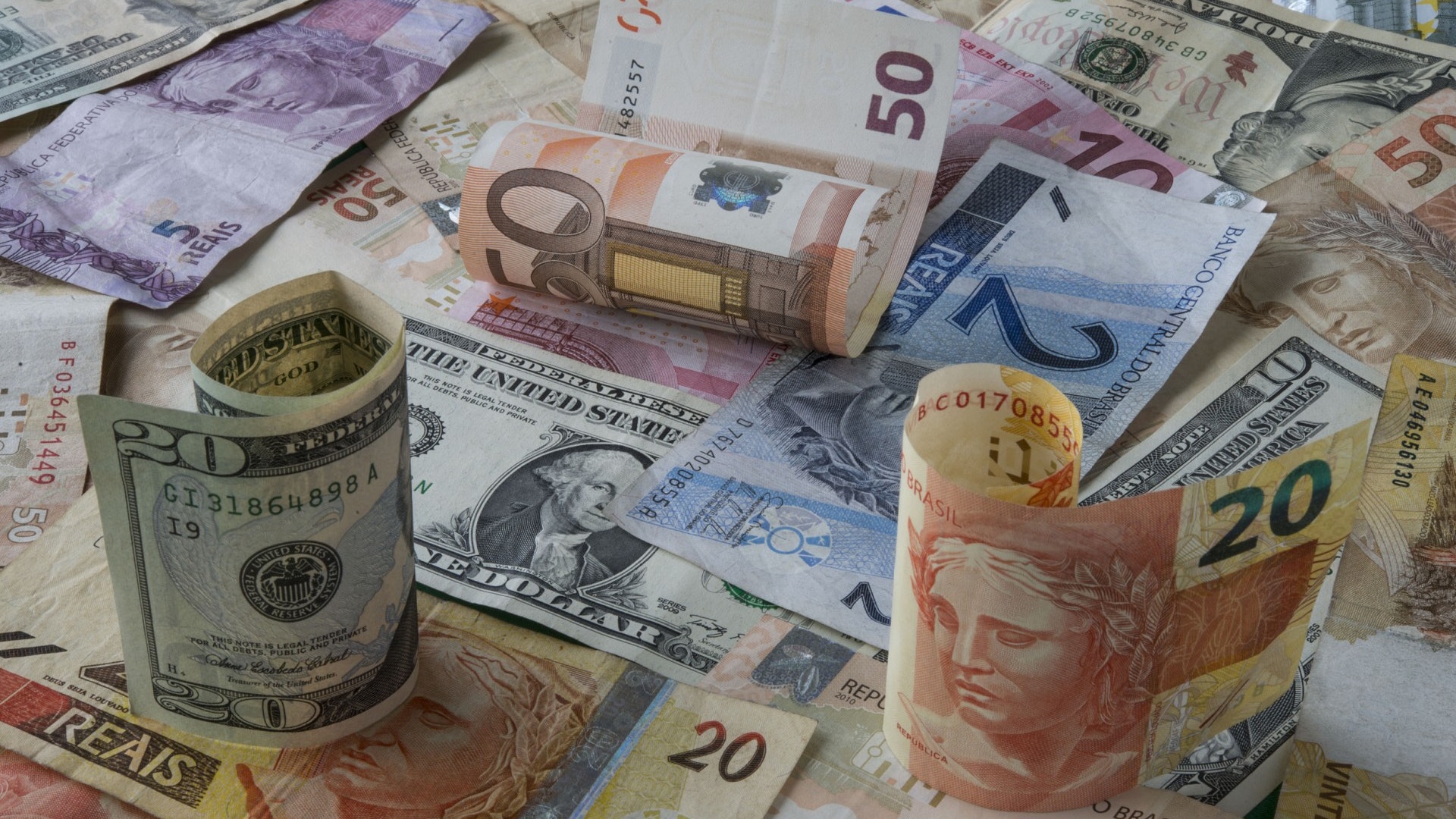The currencies of South American countries are again in a weak position. Among them, the Argentine peso has fallen below the 60 mark, and the Brazilian Real has also fallen below the US dollar. The pressure on South American multinational currencies is related to investors’ worries about the US economic recession and the political instability in Argentina. At a time when the domestic currency was under pressure, the Brazilian central bank suddenly announced that it would raise US dollars in the market this month, for the first time in the past 10 years, hand intervention in the currency market.
The Brazilian Central Bank pointed out that the action was to meet liquidity needs, and pointed out that there will also be reverse currency swaps in addition to the US dollar to cope with the current economic environment. However, it is clear that it will not change the floating exchange rate policy and the measures that will promote the normal operation of the market.
The Brazilian Central Bank said it would withdraw a maximum of US$ 550 million from the market from the 21st to the 29th of this month and conduct an equal reverse currency swap. The bank’s operations will target $3.84 billion in currency swaps that expired in October this year but have not yet been renewed.












